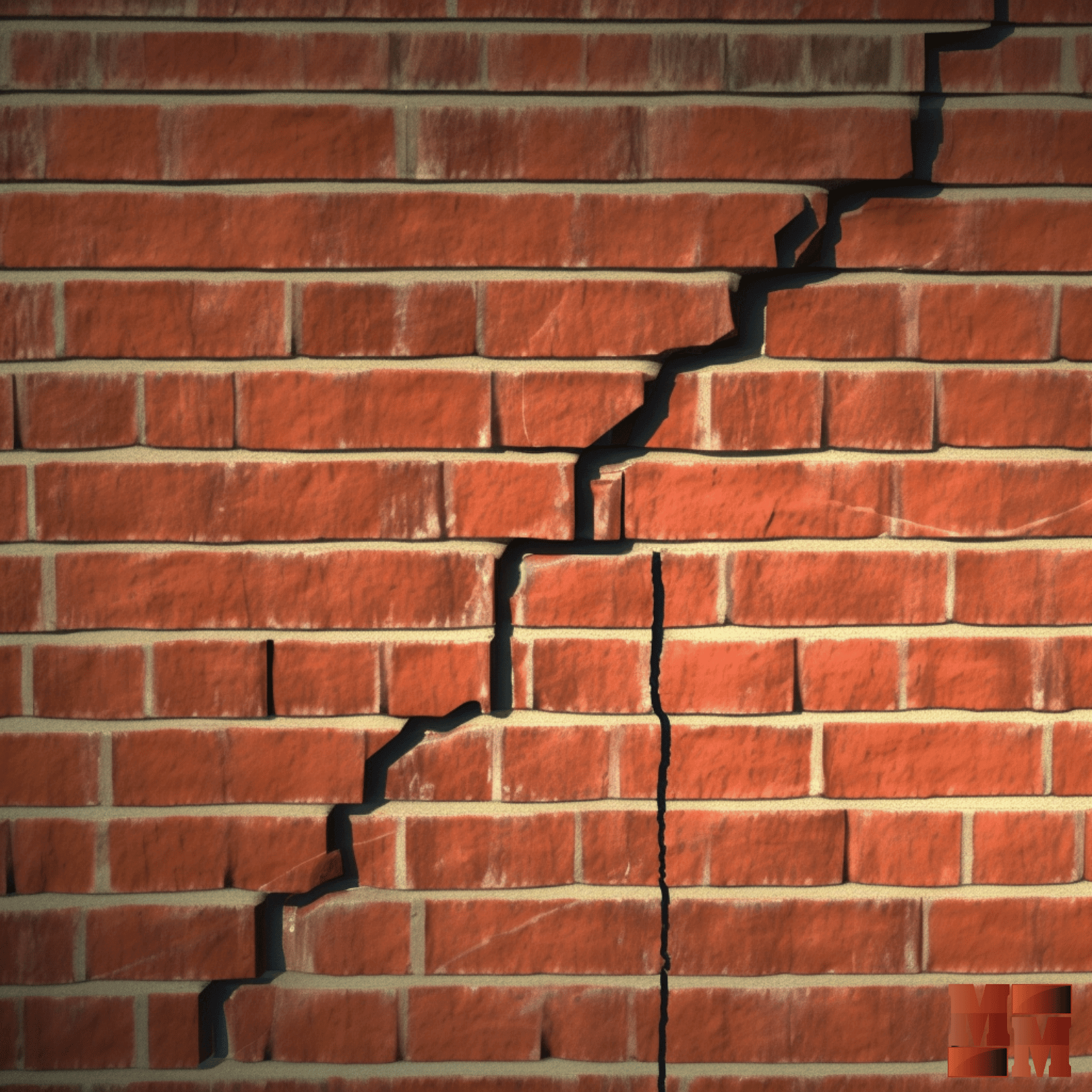Cracks in Brick Walls : Understanding and Addressing Common Issues
Brick walls are a common sight in many buildings, providing both durability and aesthetic appeal. However, these walls are also susceptible to a range of issues, with cracks being one of the most common. In this article, we will explore the causes of cracks in brick walls and provide tips on how to address and prevent them.
Types of Cracks
Before delving into the causes and solutions of cracks in brick walls, it is important to first understand the different types of cracks that can occur. Some of the most common types include :
- Vertical Cracks - These are cracks that run vertically from the top to the bottom of the wall. They are often caused by settlement issues or improper construction techniques.
- Horizontal Cracks - These are cracks that run horizontally along the length of the wall. They can be caused by excessive pressure on the wall or by moisture-related issues.
- Stair-Step Cracks - These are cracks that follow a stair-step pattern, often occurring at the corners of the wall. They are usually caused by settling or structural issues.
- Diagonal Cracks - These are cracks that run diagonally across the wall. They can be caused by a range of factors, including settling, moisture-related issues, or foundation problems.
Causes of Cracks
Now that we have identified the different types of cracks that can occur in brick walls, let's look at the most common causes of these cracks.
- Settlement - If the ground underneath the wall is not stable or the foundation has an issue, the wall can settle, leading to cracks.
- Moisture - Excessive moisture can weaken the structural integrity of brick walls, causing them to crack.
- Temperature Changes - Extreme temperature changes can cause the brick to expand or contract, leading to cracks.
- Poor Construction - Improper construction techniques, such as the use of incorrect mortar or inadequate reinforcement, can result in cracks.
Addressing Cracks
The approach to addressing cracks in brick walls depends on the severity of the crack and its underlying cause.
For small, hairline cracks, simple repair techniques such as filling the cracks with epoxy or silicone caulk can be effective. However, for larger cracks, more extensive repairs may be necessary, such as removing and replacing the damaged bricks or sections of the wall.
It is important to identify the underlying cause of the cracks before attempting any repairs. If the cause is poor construction, for example, addressing the cracks without addressing the underlying issue may only result in the cracks returning in the future.
Preventing Cracks
Preventing cracks in brick walls starts with proper construction techniques. Hiring experienced and skilled bricklayers who use the correct materials and techniques can go a long way in preventing cracks from occurring in the first place.
Regular maintenance is also key to preventing cracks. This includes regular inspections to identify any signs of damage or deterioration and addressing any issues as soon as they arise. Keeping the wall free of excess moisture and avoiding exposure to extreme temperature changes can also help to prevent cracks.
Conclusion
Cracks in brick walls can be caused by a range of factors, including settlement, moisture, temperature changes, and poor construction techniques. Understanding the different types of cracks and their underlying causes is crucial to effectively addressing and preventing them. Regular maintenance and attention to proper construction techniques can help to maintain the structural integrity and aesthetic appeal of brick walls for years to come.













